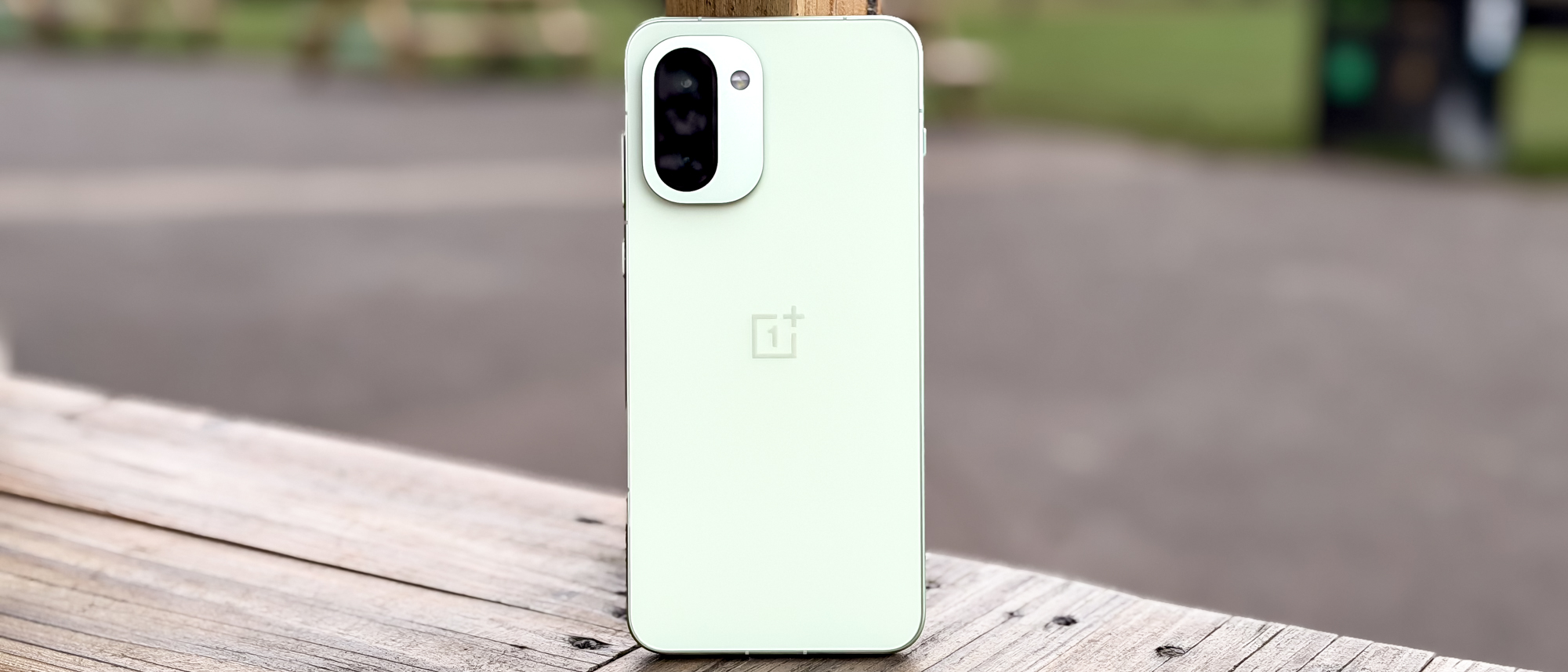New Apple Research May Eliminate iPhones’ Camera Bump Forever
Only second to the horrible notch, the iPhone camera bump has been a design inconvenience since 2014.
The iPhone’s rear camera bump has been an annoying design element since it was introduced with the Apple iPhone 6. Now, new Apple research may eliminate it in the hopefully near future.

Perhaps only second to the infamous notch, the bump doesn’t allow the phone to stay flat on its back. It is the product of two factors: the electrical components density in the camera sensor package and the Hall Effect sensor in the optical image stabilization technology in the iPhone series.
MORE: iPhone 2019 Rumors: Release Date, Leaks, Specs and More
To be able to operate correctly and without interference, the components that communicate the camera with the rest of the phone and the Hall Effect sensors require space. It’s a matter of physical limits: If you cram things too tightly, the electric signals of these components may interfere both with each other and with the magnetic field of the optical stabilization system.
But a new patent application with the USPTO found by Apple Insider show that Apple is working on a way to eliminate these problems, replacing electric connections with lasers.

The key is the Cupertino company’s work on a vertical-cavity surface-emitting laser. VCSELs are semiconductor laser diodes currently used for fiber optics connectivity, autonomous driving systems, and Face ID’s facial 3D mapping, among other applications.
According to the patent, VCSELs can be used to help the camera communicate with the iPhone circuitry using photons, not electricity. Since lasers don’t interfere with magnetic fields or electrical components, you can cram them really tight. Apple — which has been investing heavily on VCSEL manufacturing — says that it can embed these laser diodes in the silicon substrate, adding only 100 microns to the height of the camera package.
Get instant access to breaking news, the hottest reviews, great deals and helpful tips.
Hopefully this will get out of the lab and into products soon, further allowing thinner and lighter phones with clean surfaces. The bump needs to go.
Jesus Diaz founded the new Sploid for Gawker Media after seven years working at Gizmodo, where he helmed the lost-in-a-bar iPhone 4 story and wrote old angry man rants, among other things. He's a creative director, screenwriter, and producer at The Magic Sauce, and currently writes for Fast Company and Tom's Guide.
-
jigneshpadhiyar I guess they should be worried about the bent iPad instead of that bump. The bump, at some point in time, was actually designed. While the bents are result of a bad product.Reply

